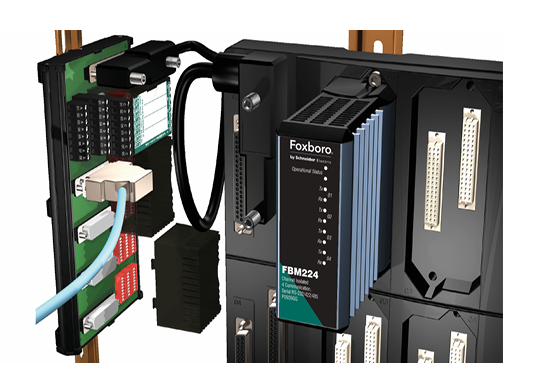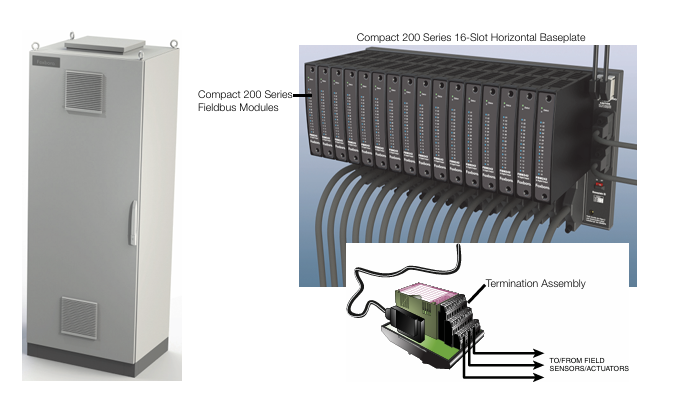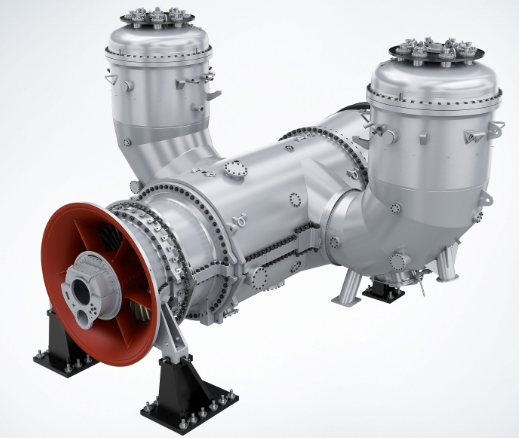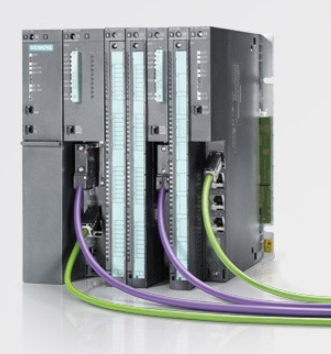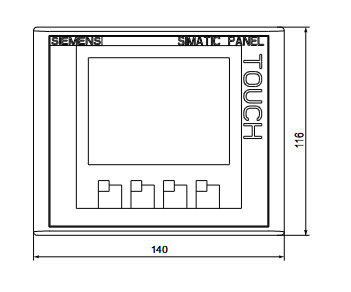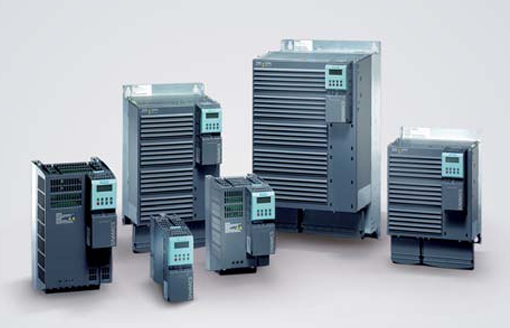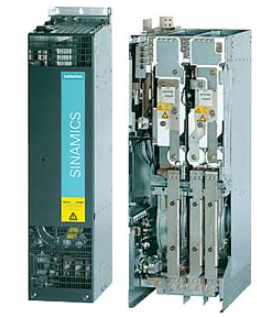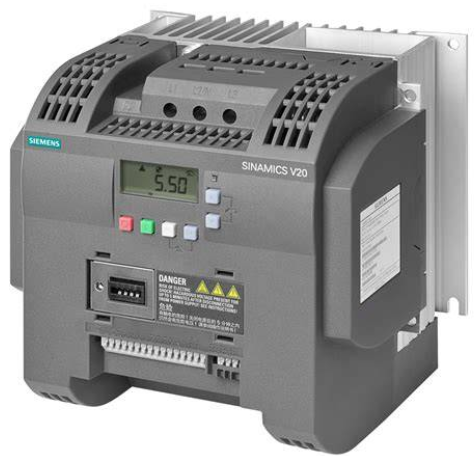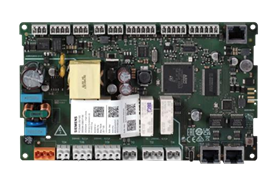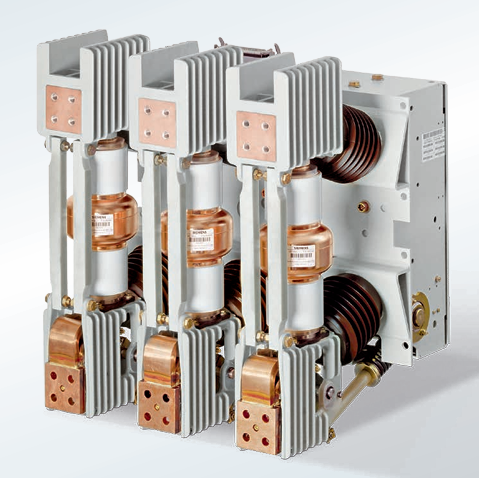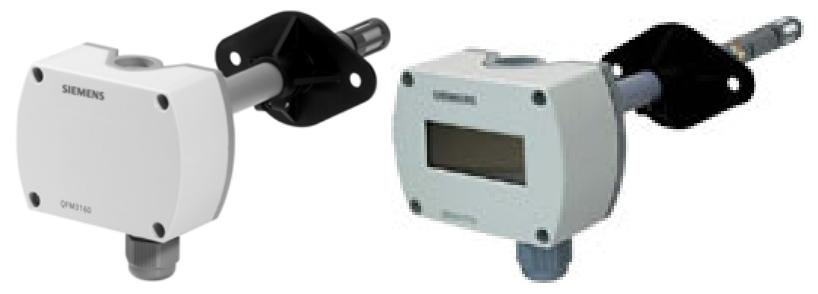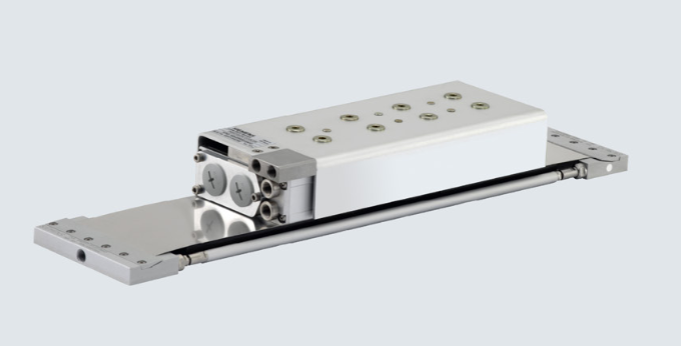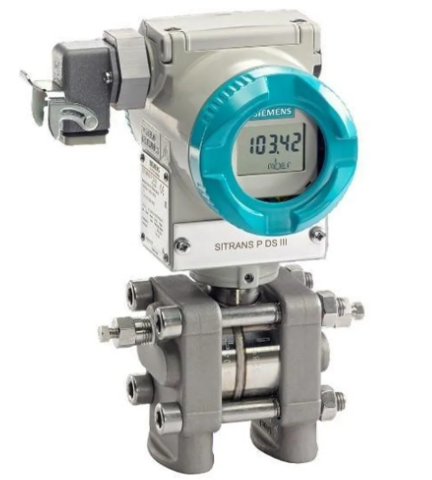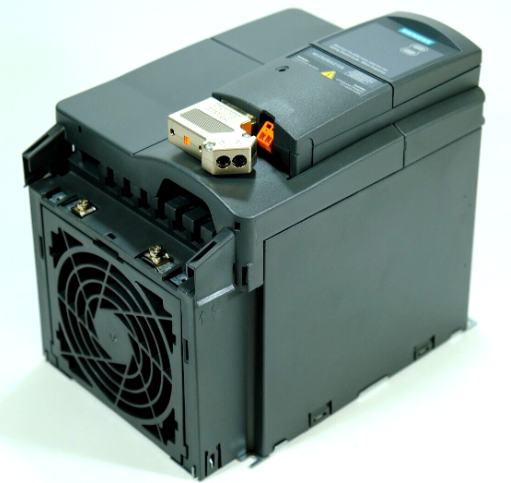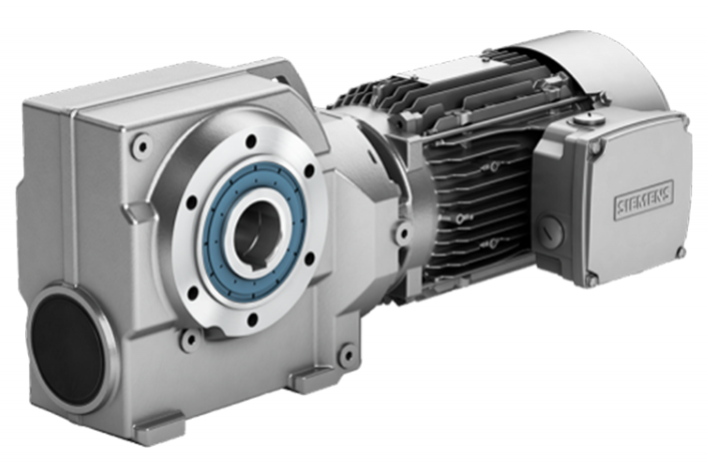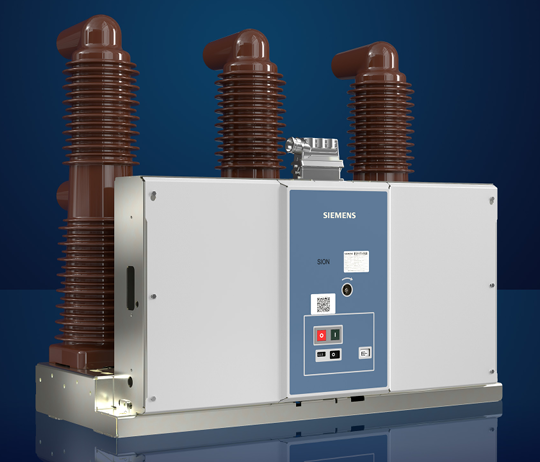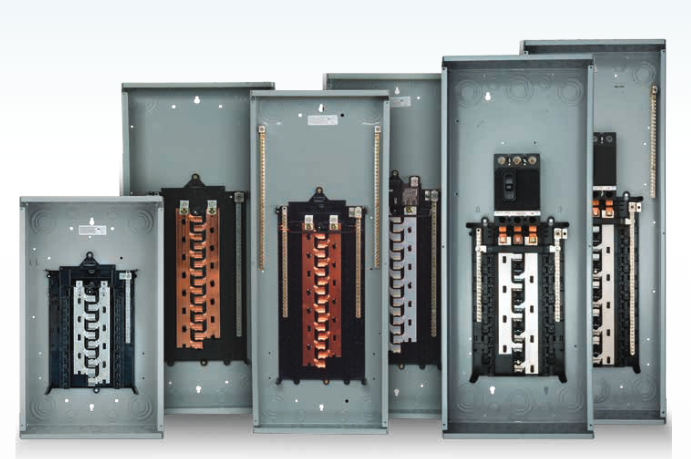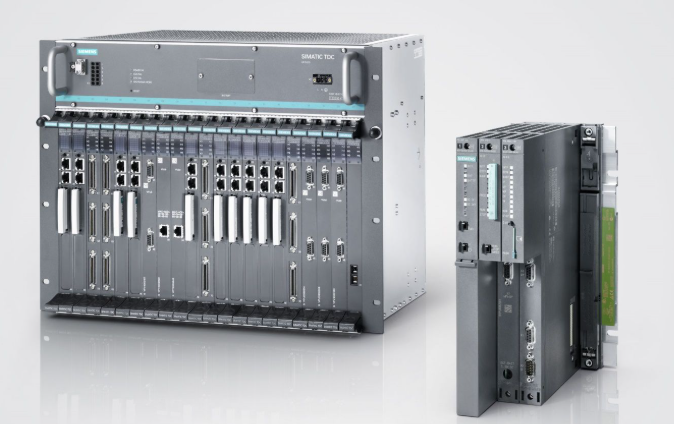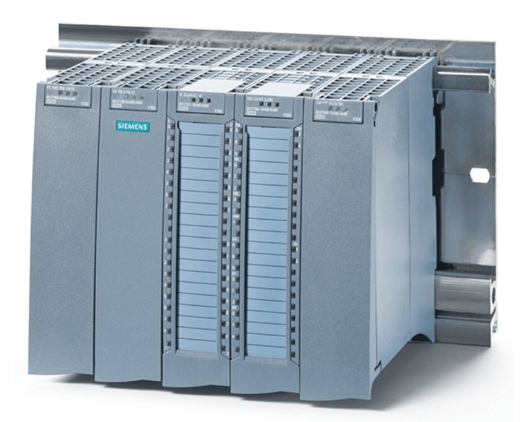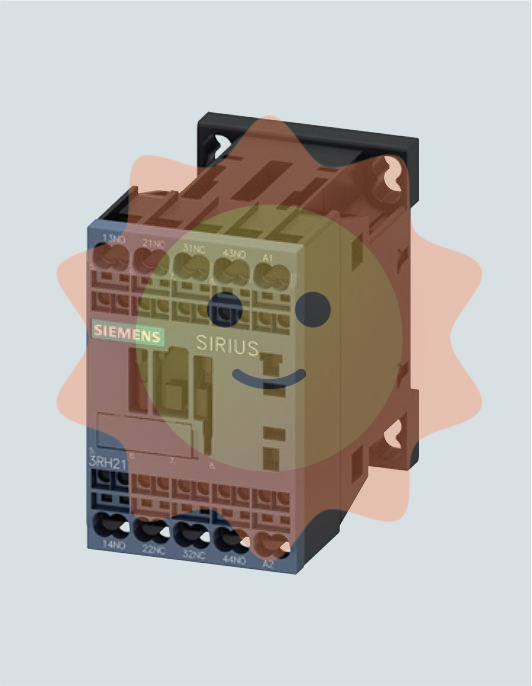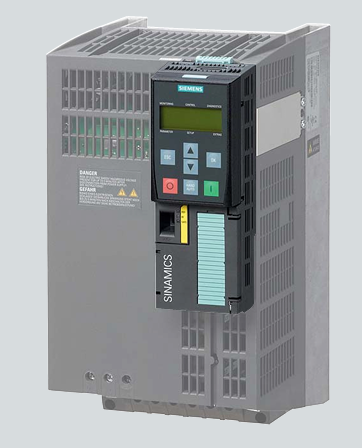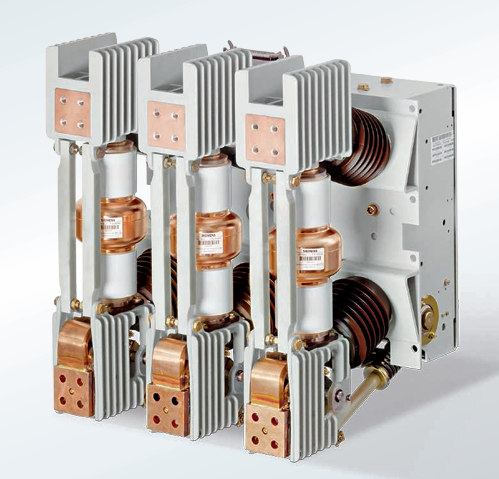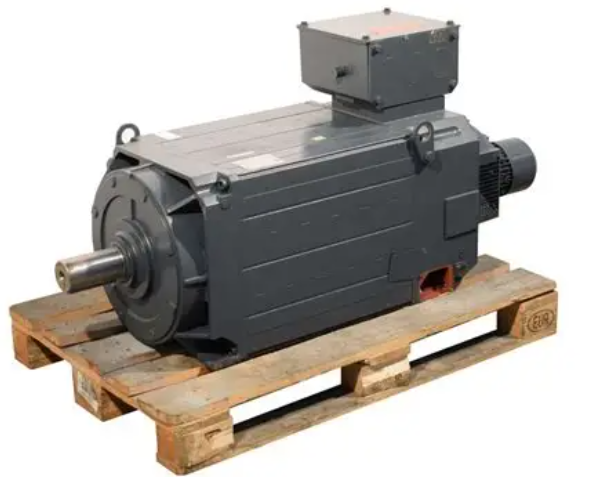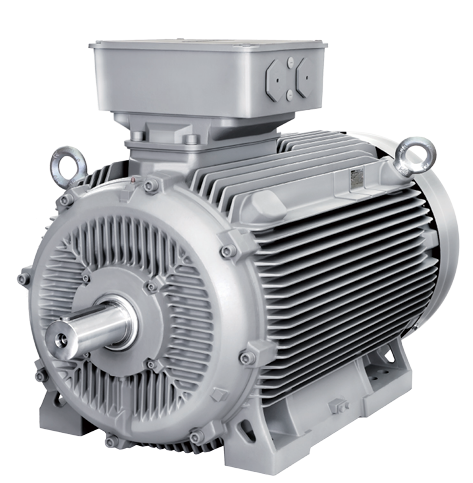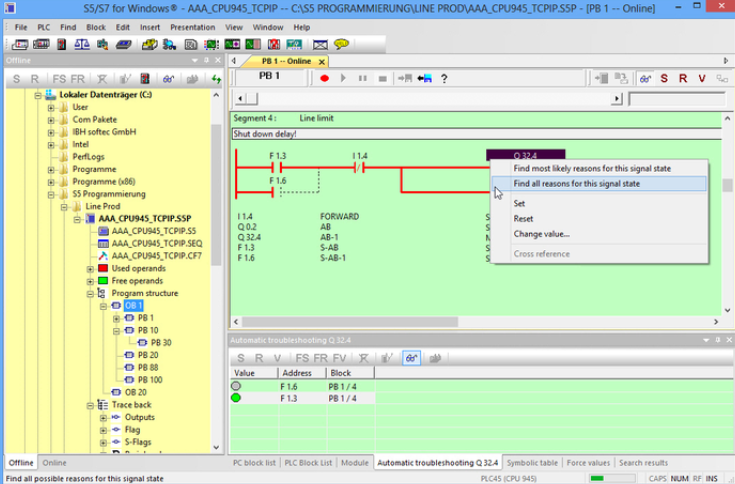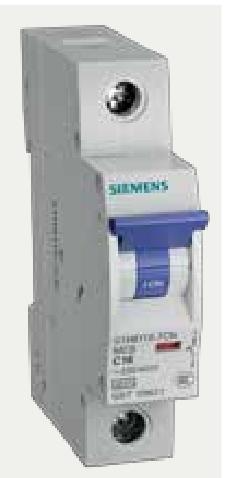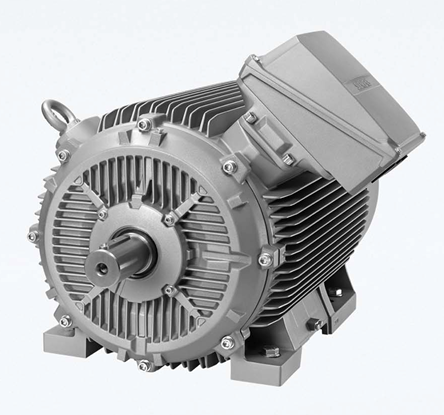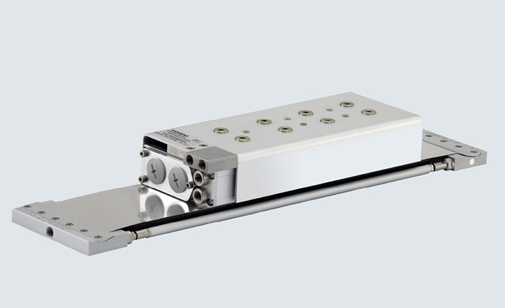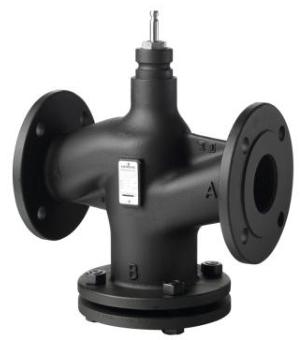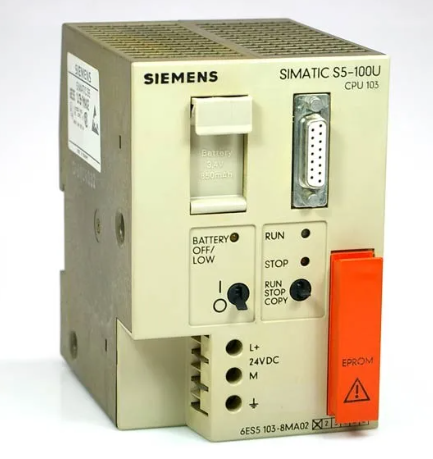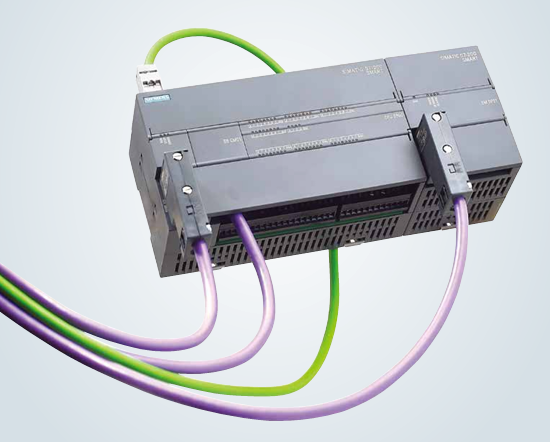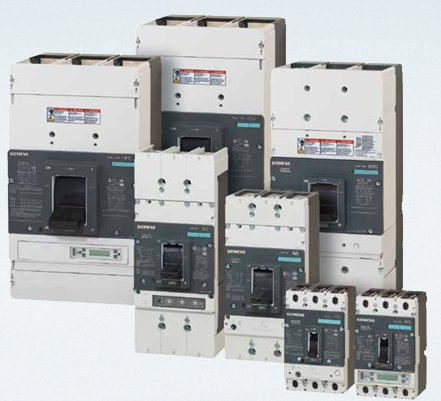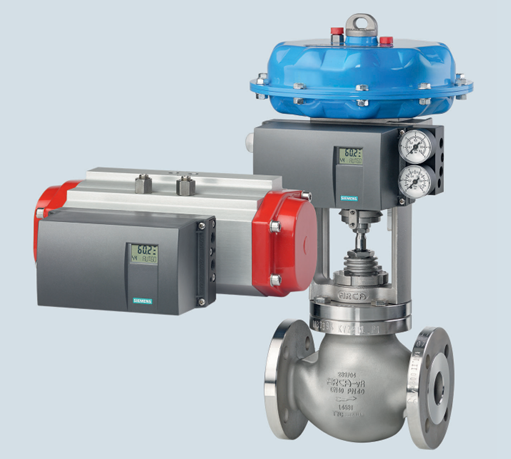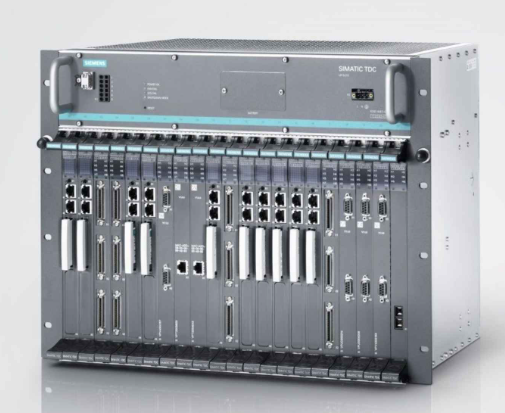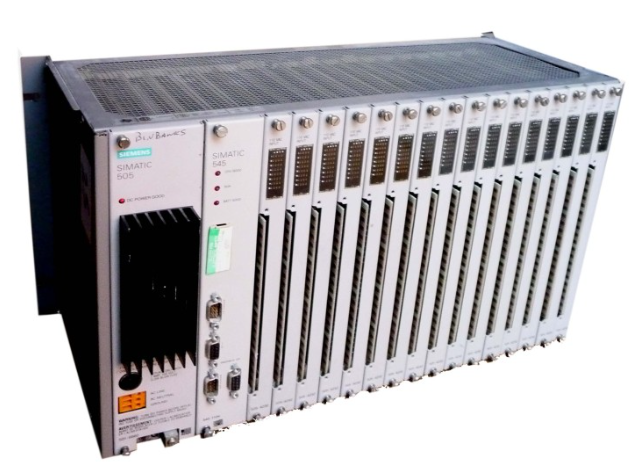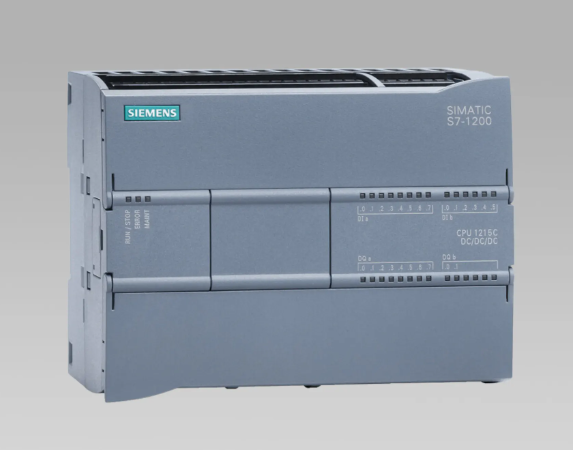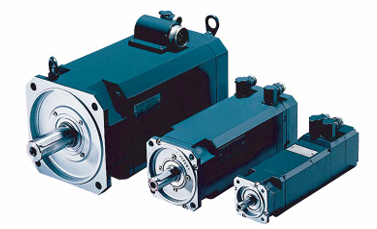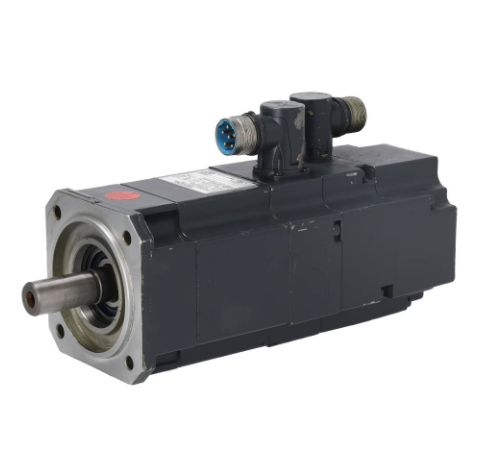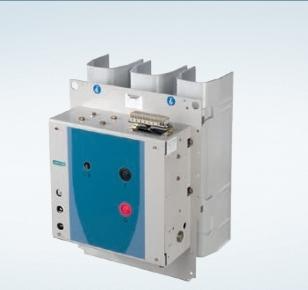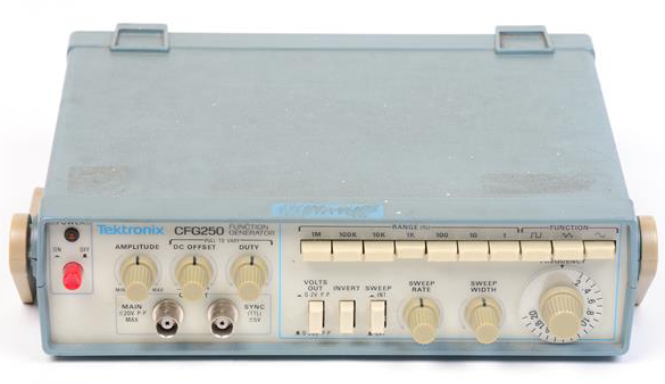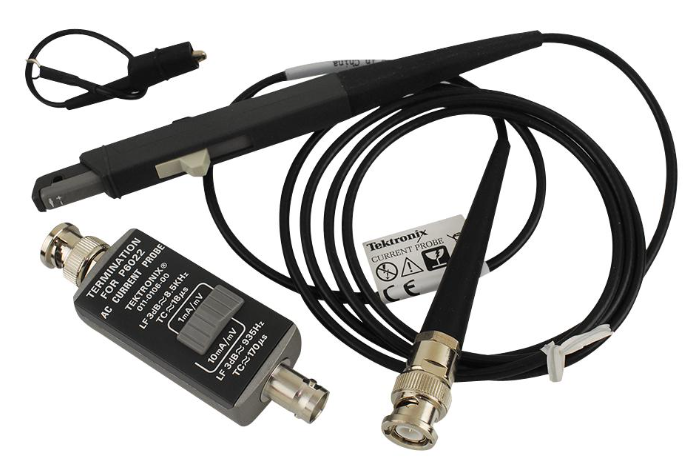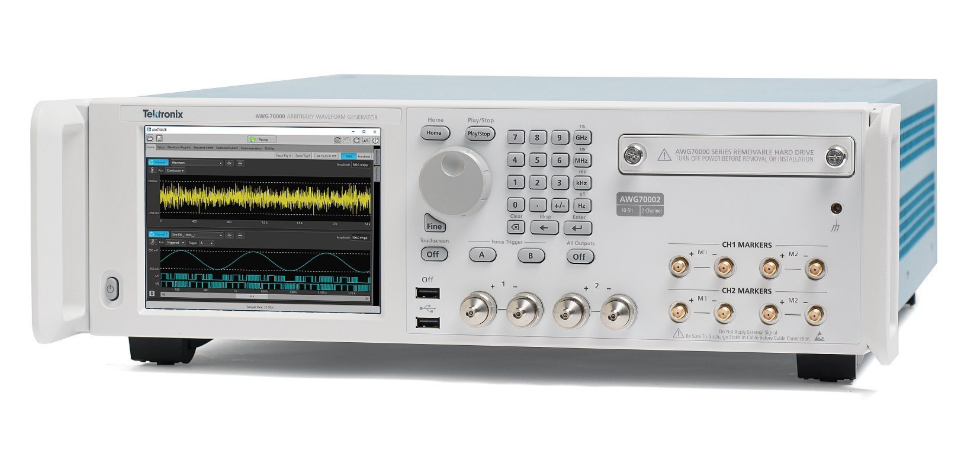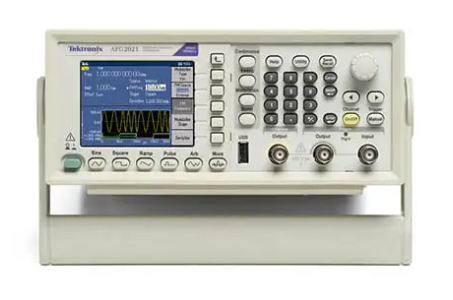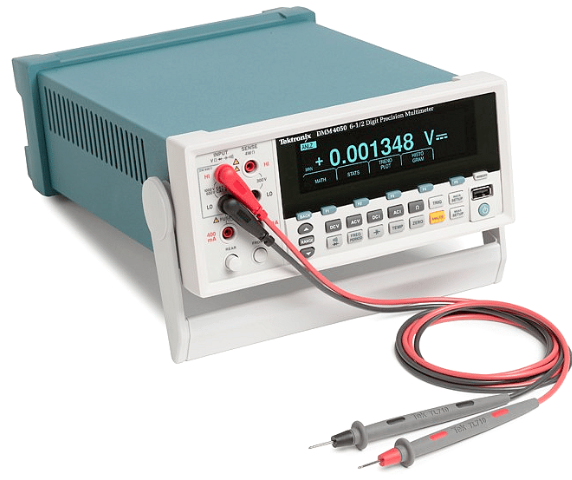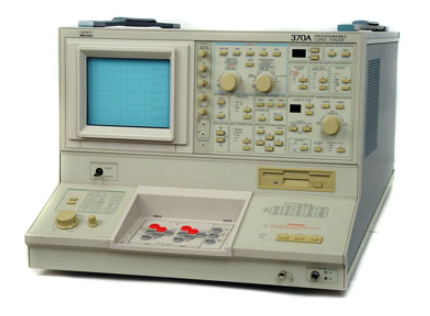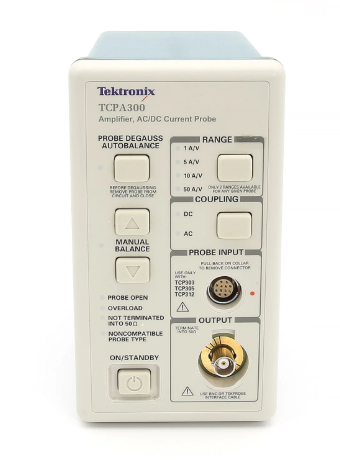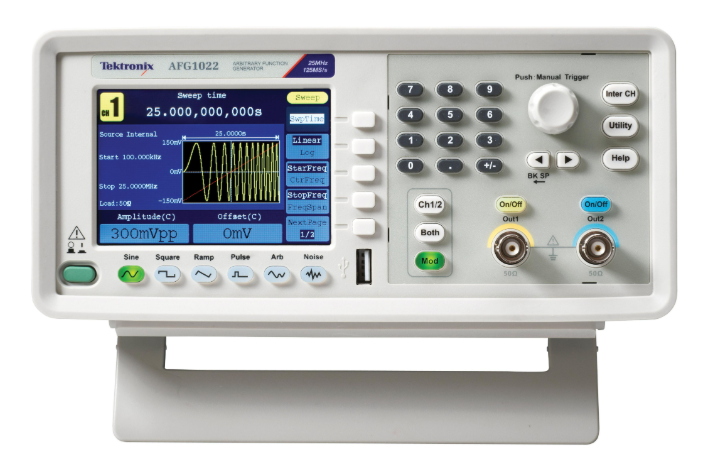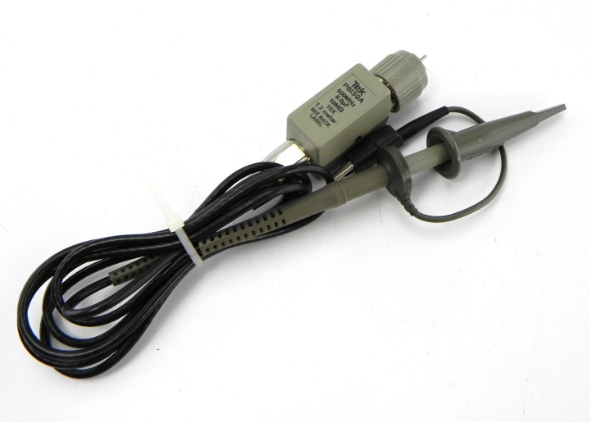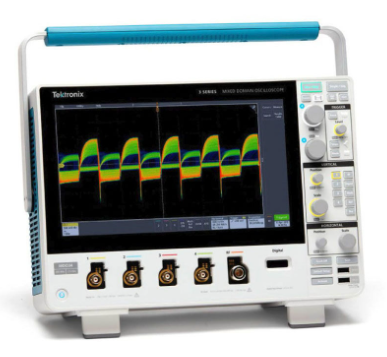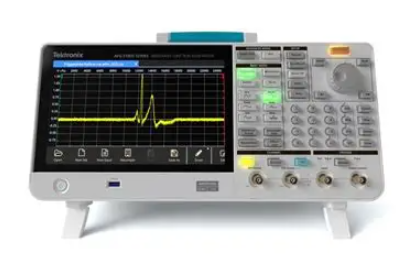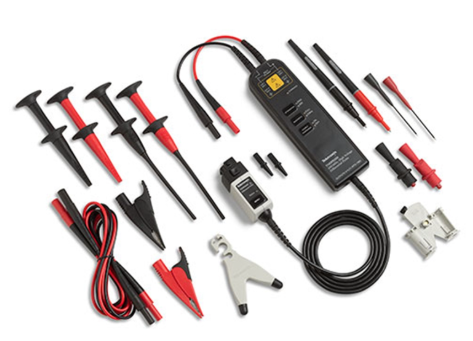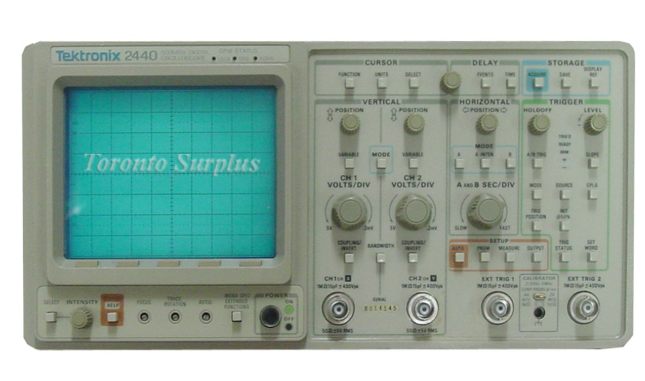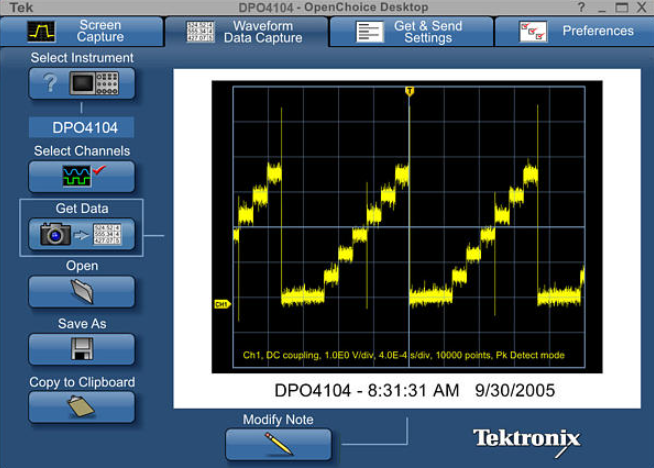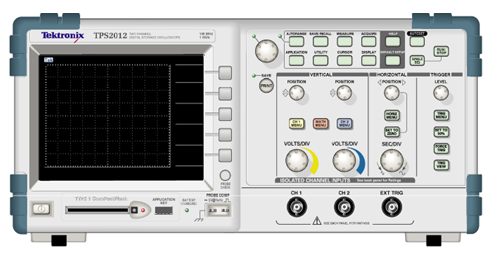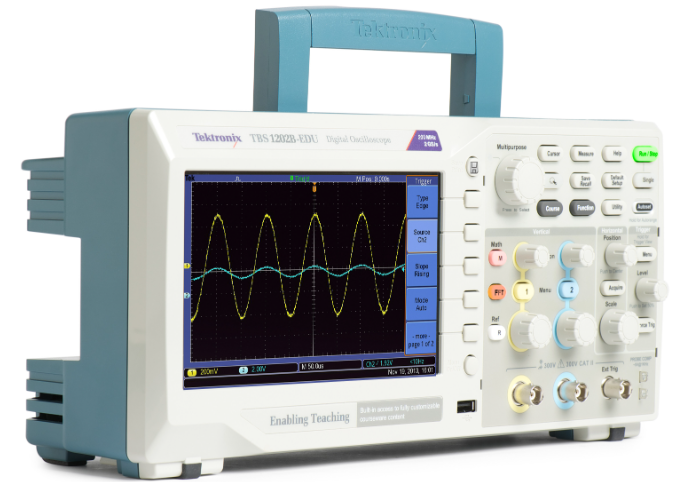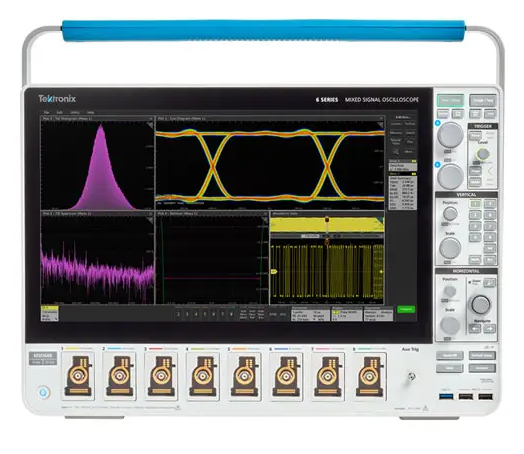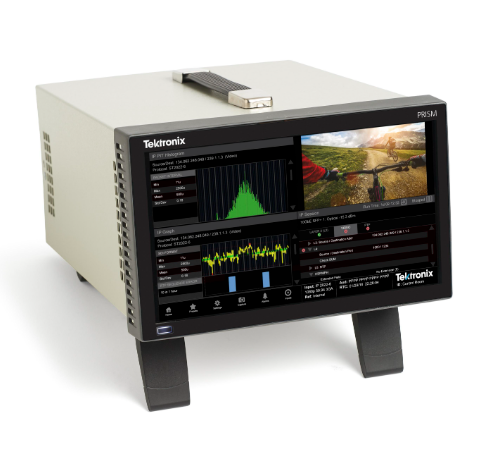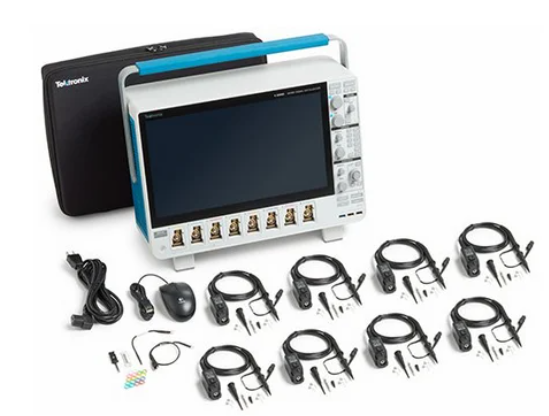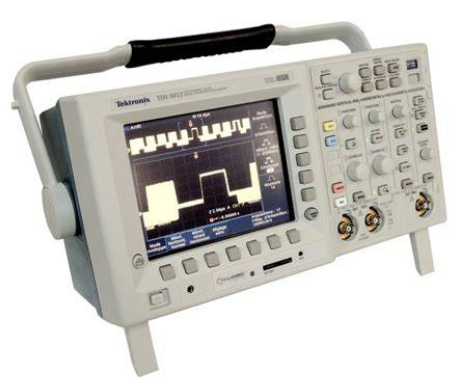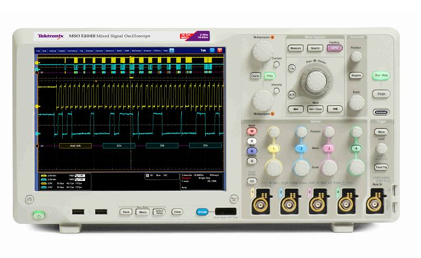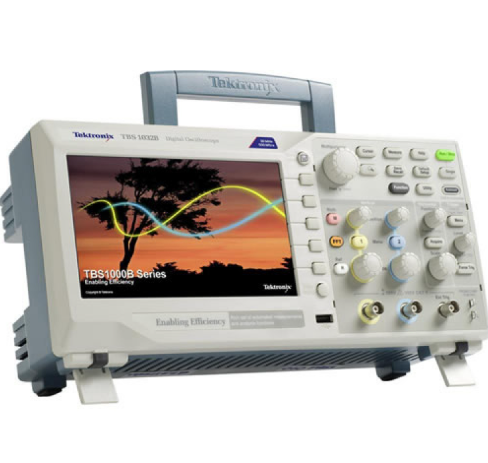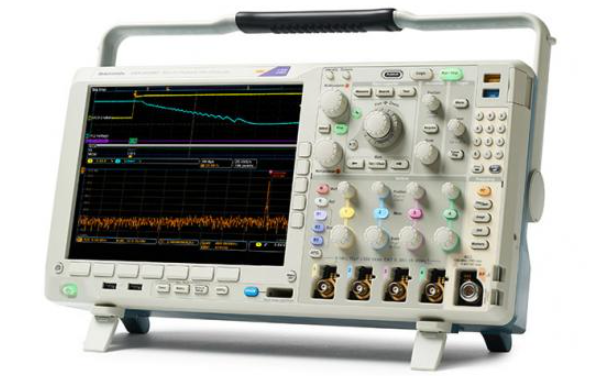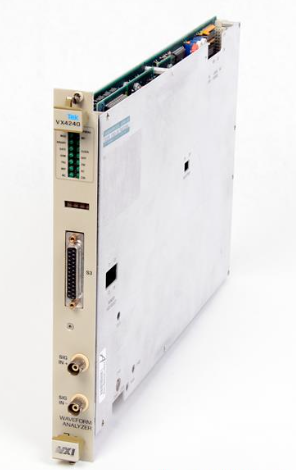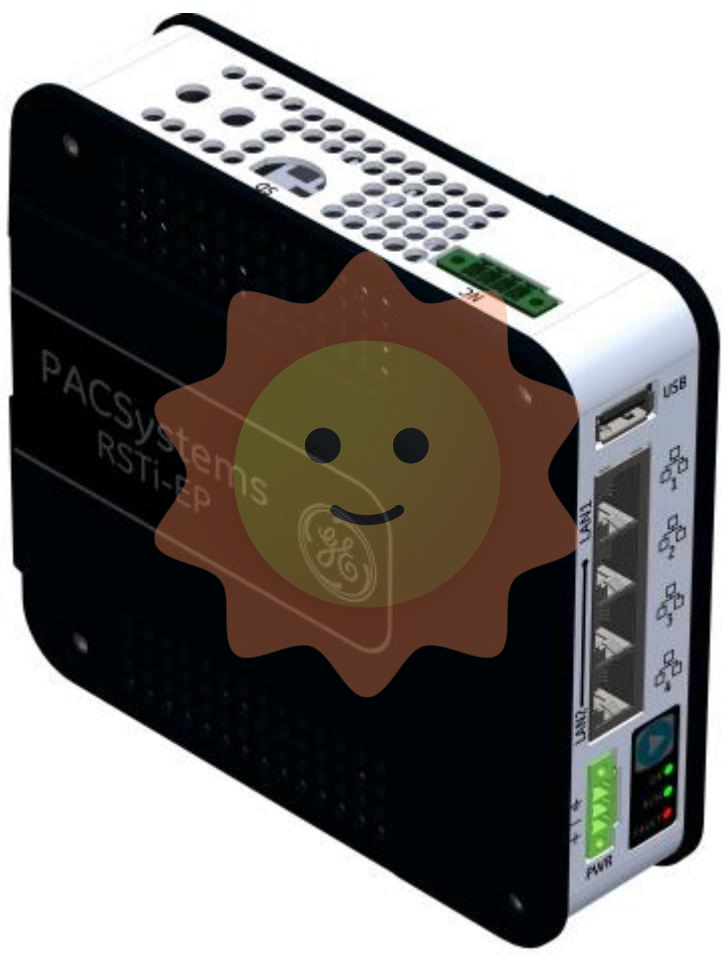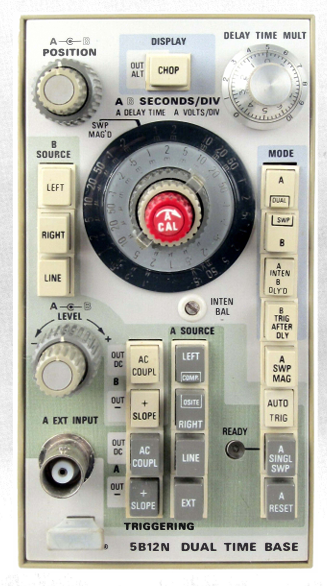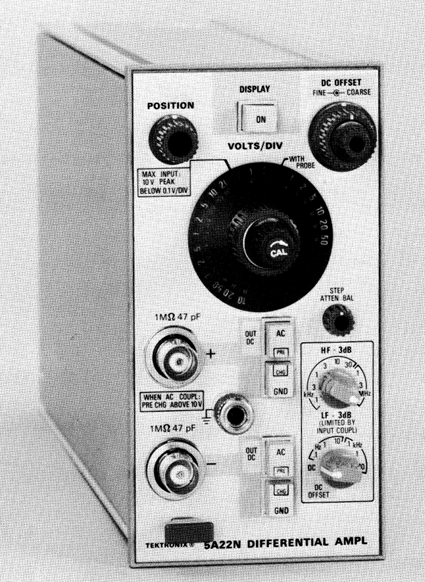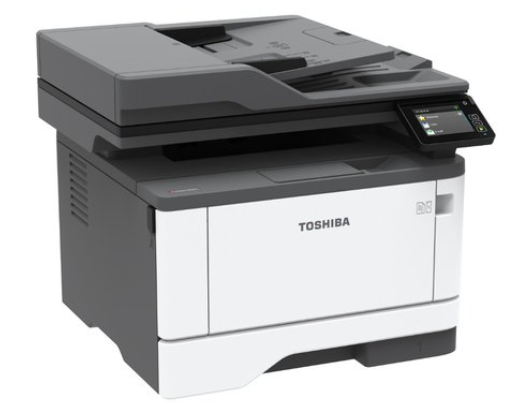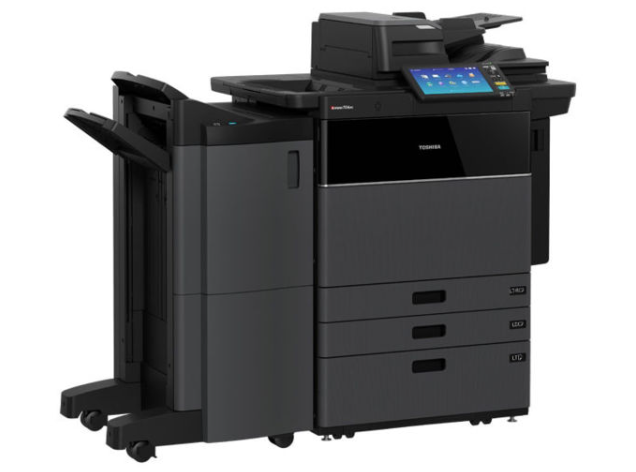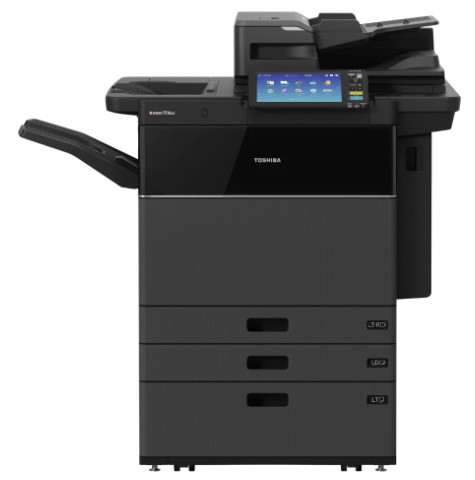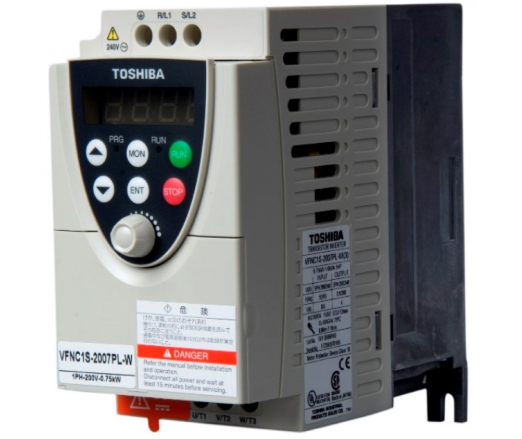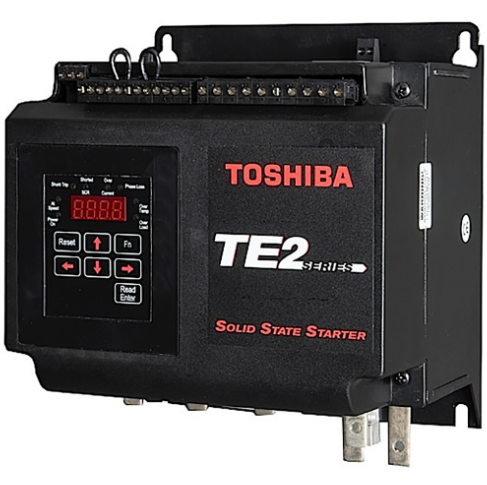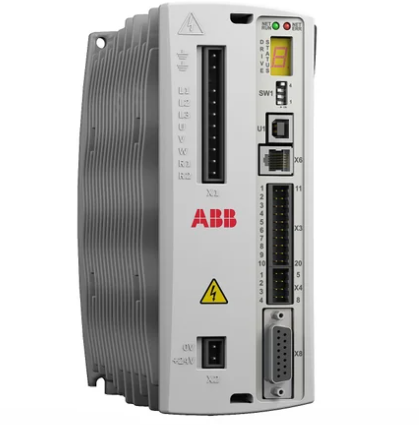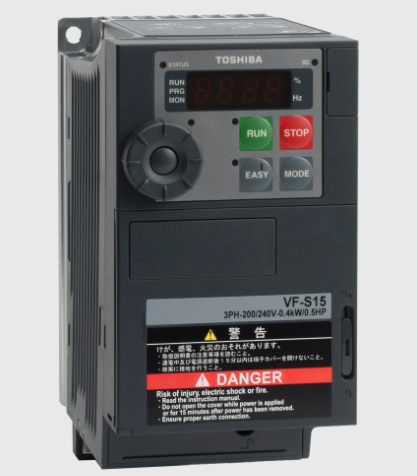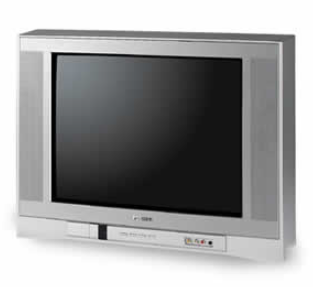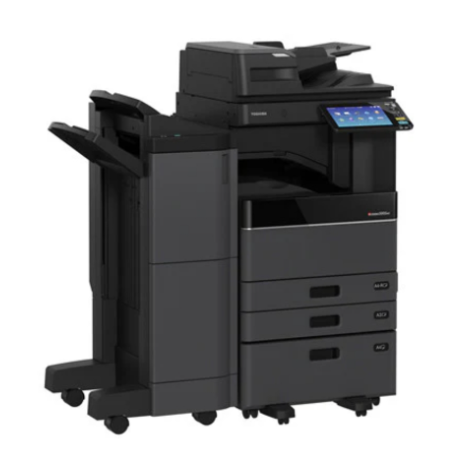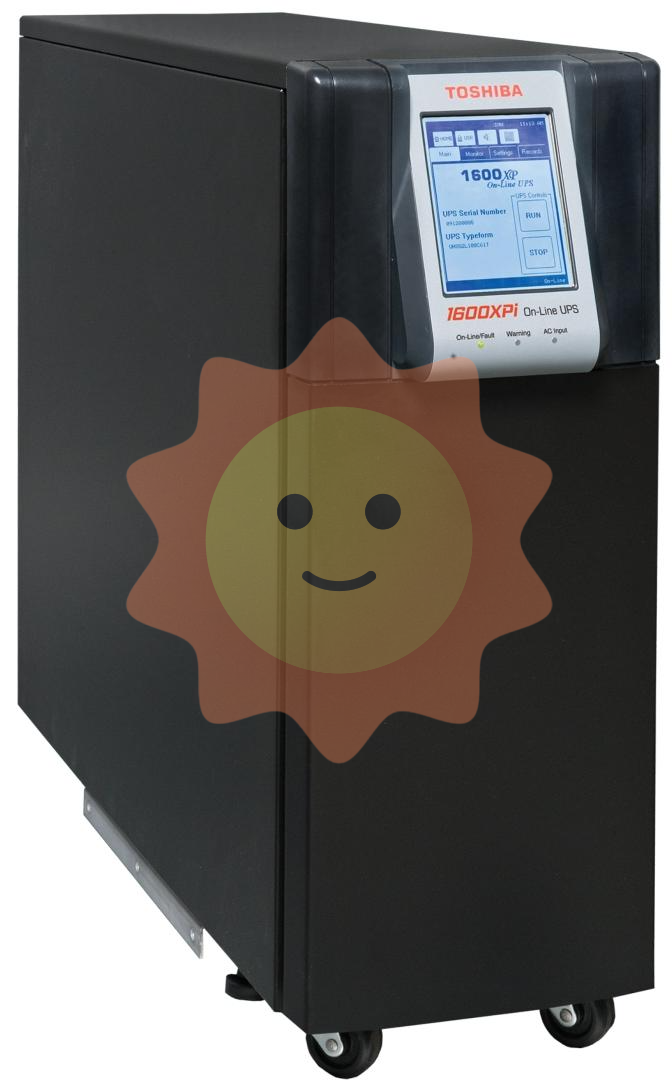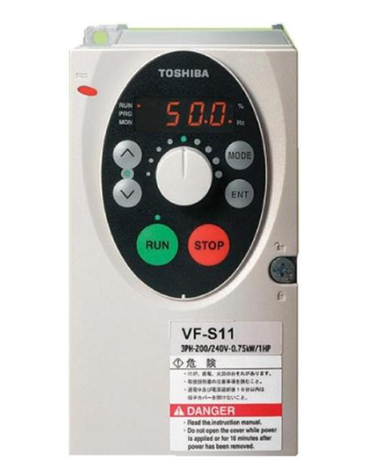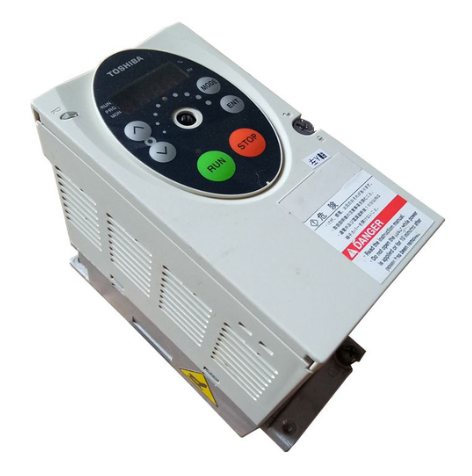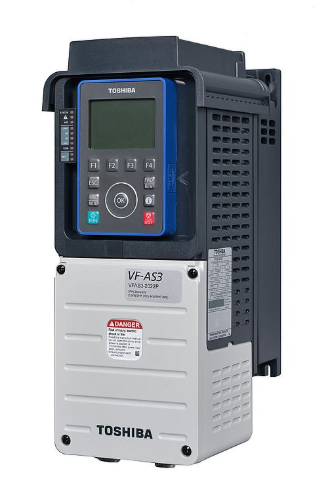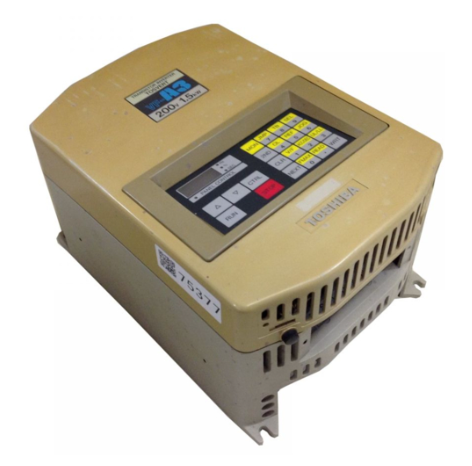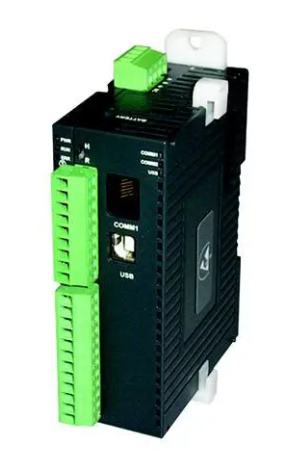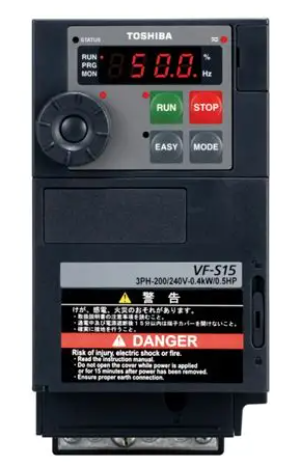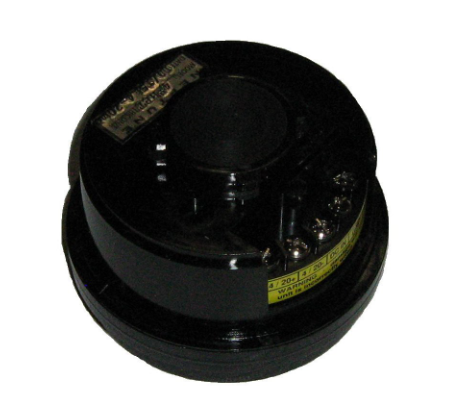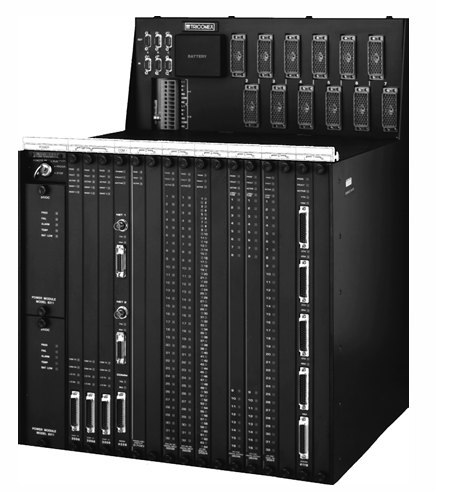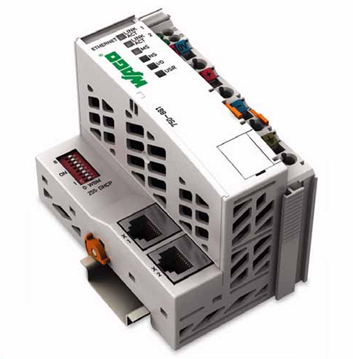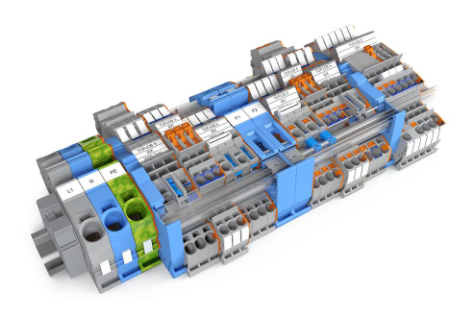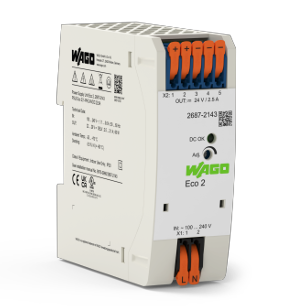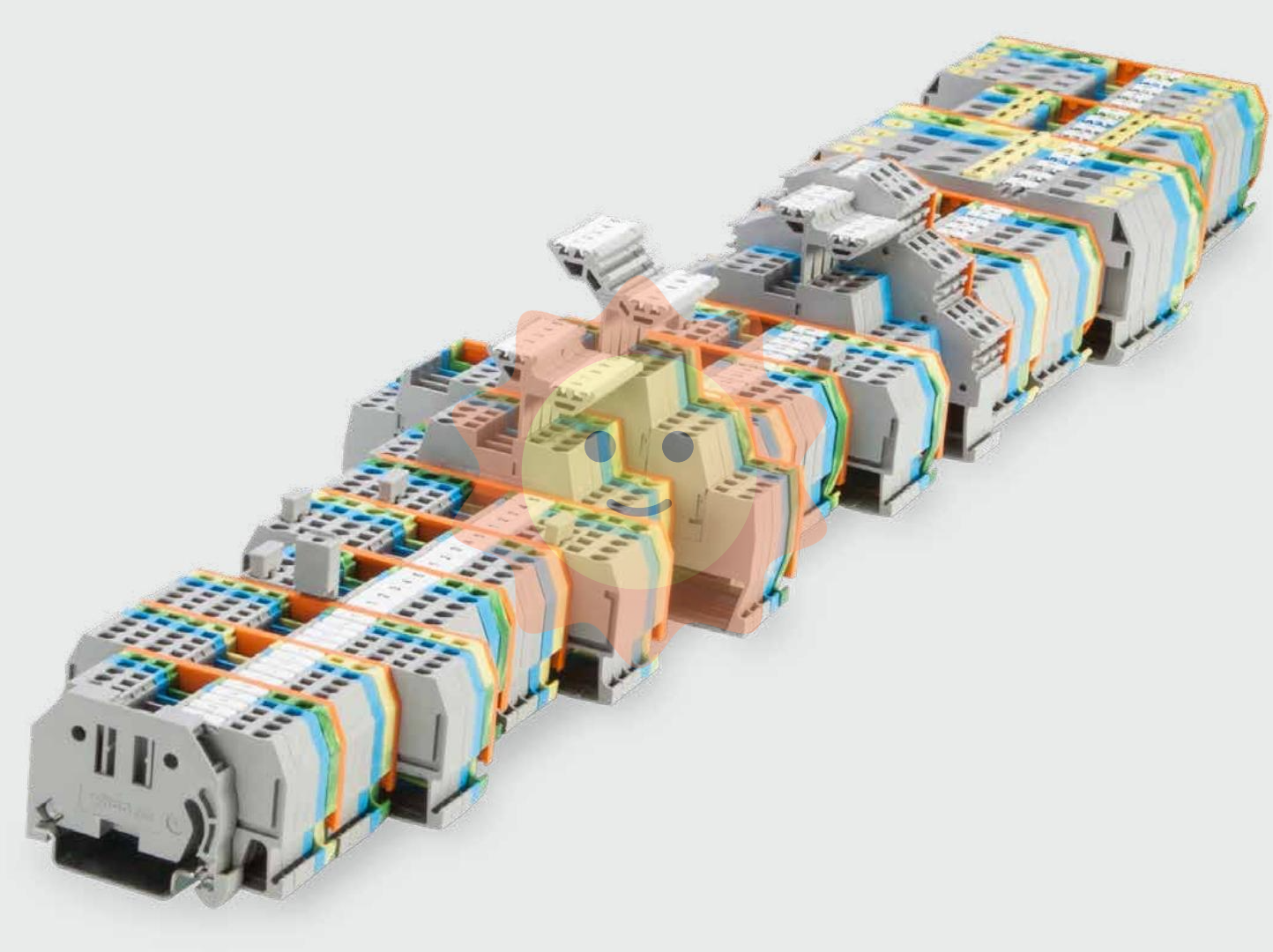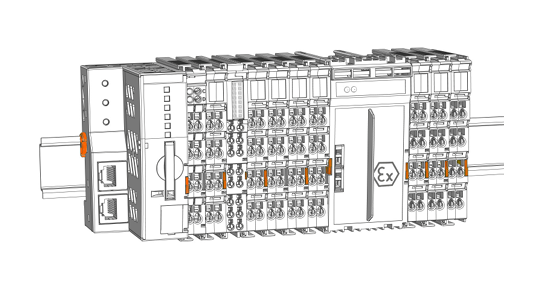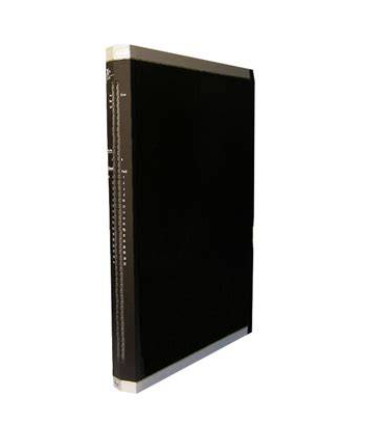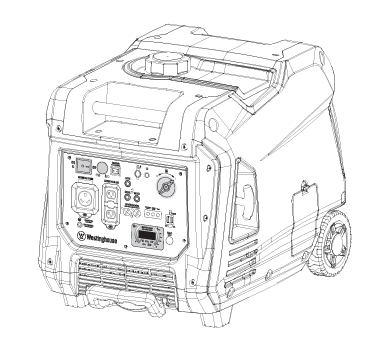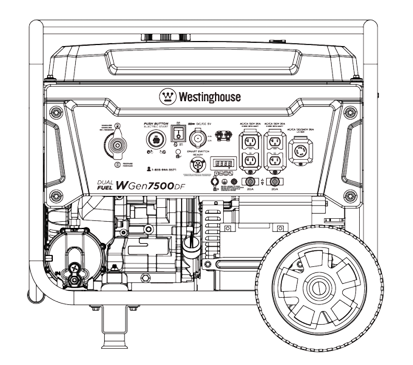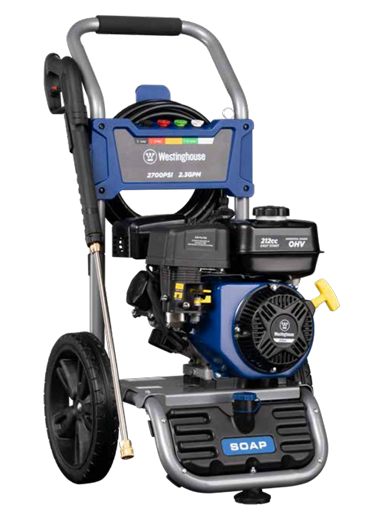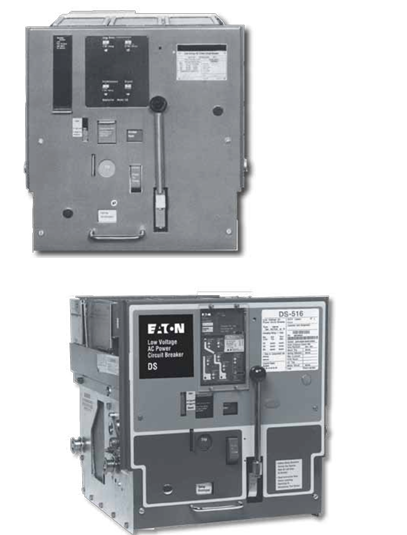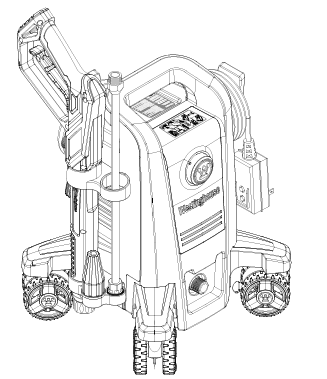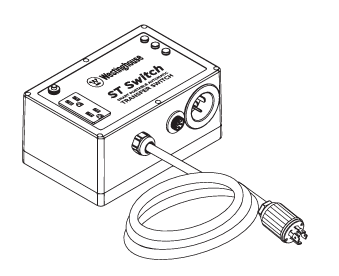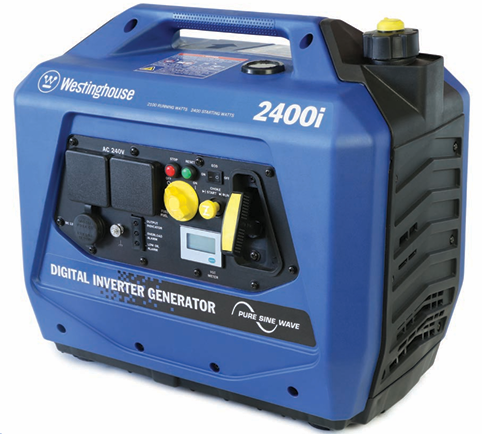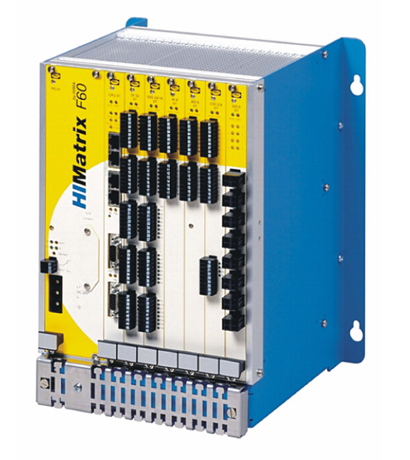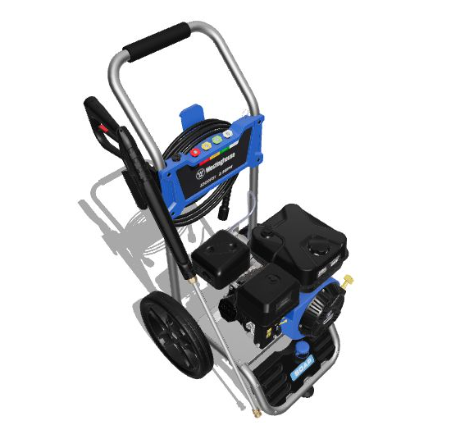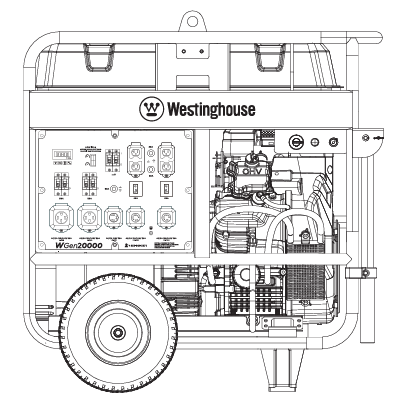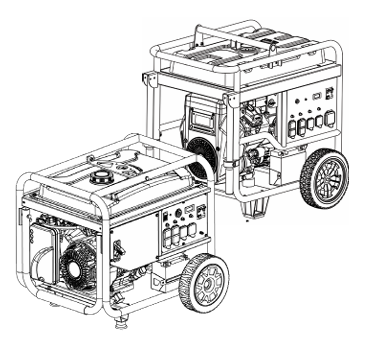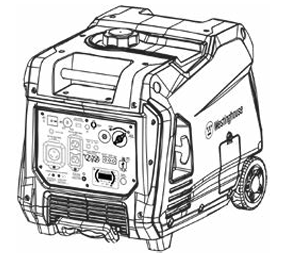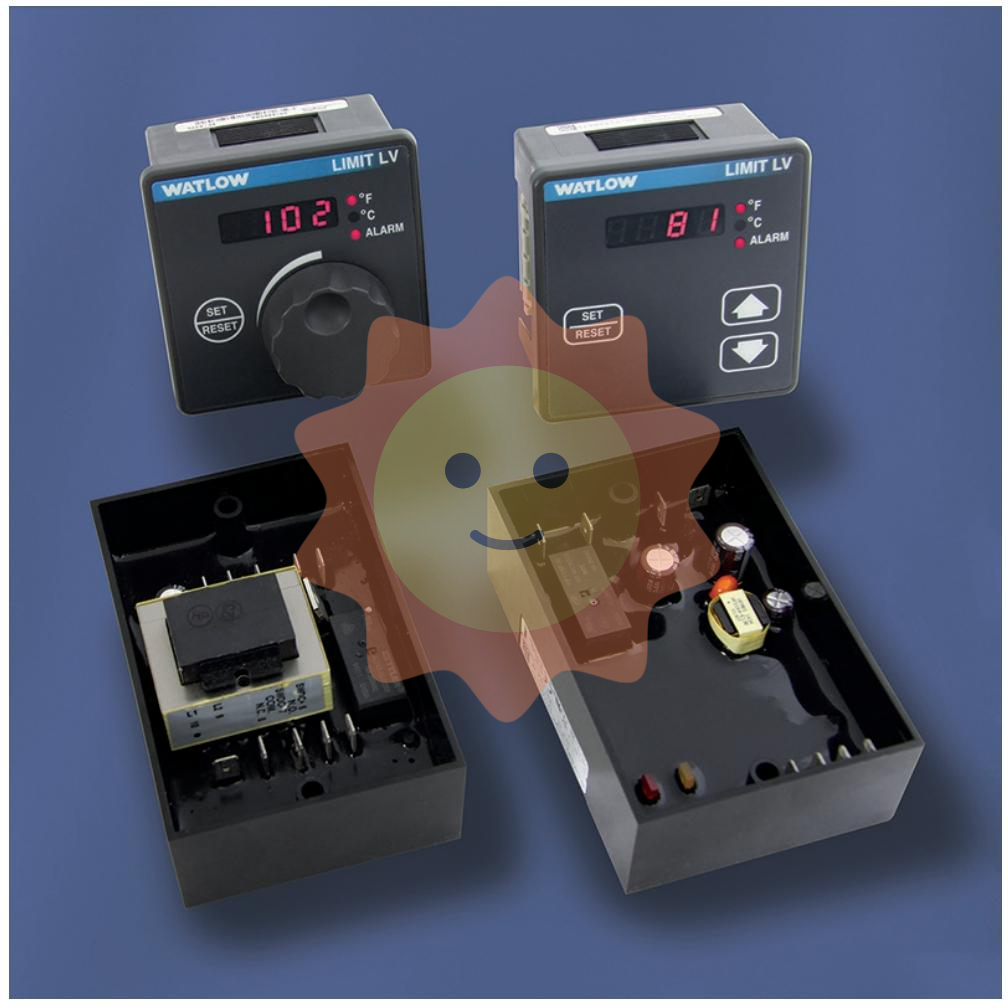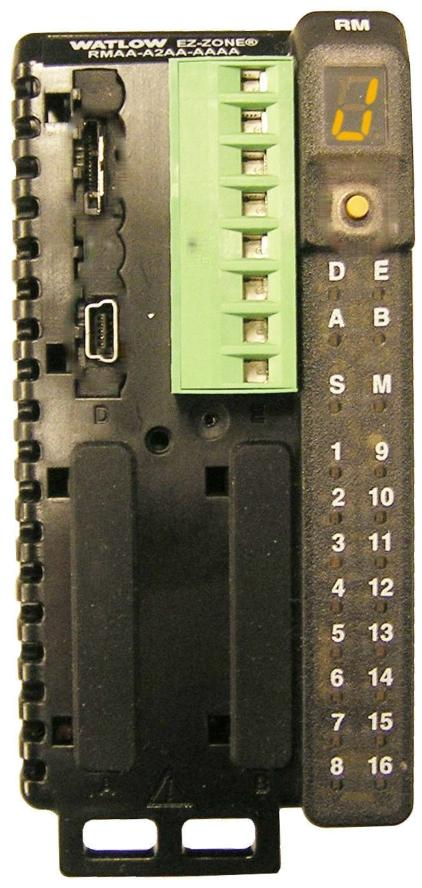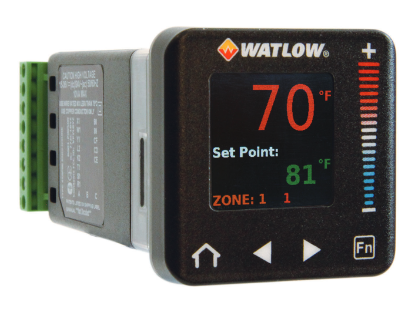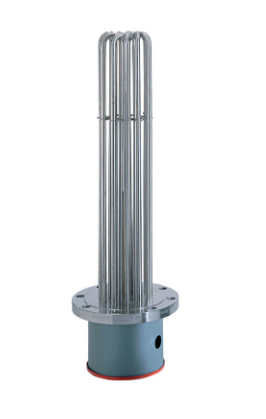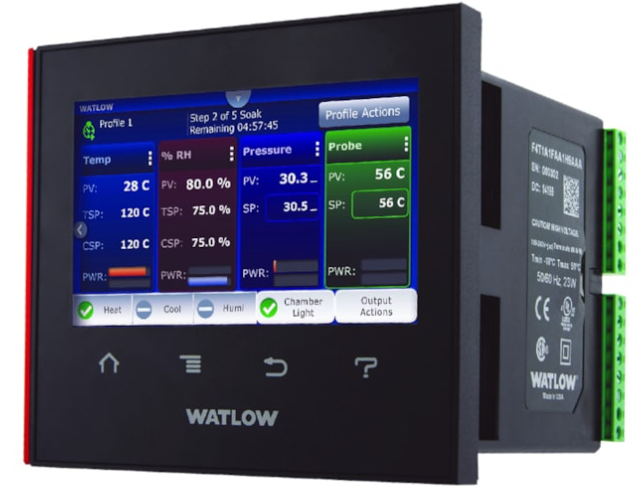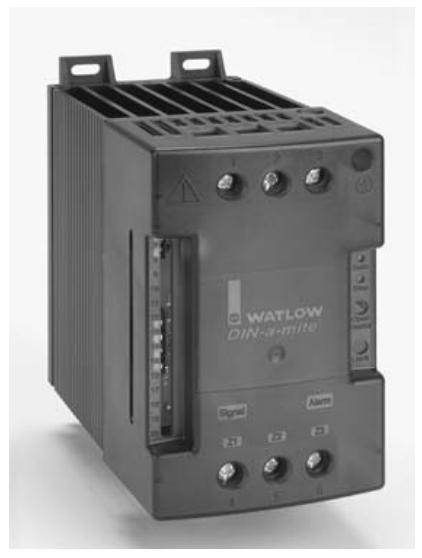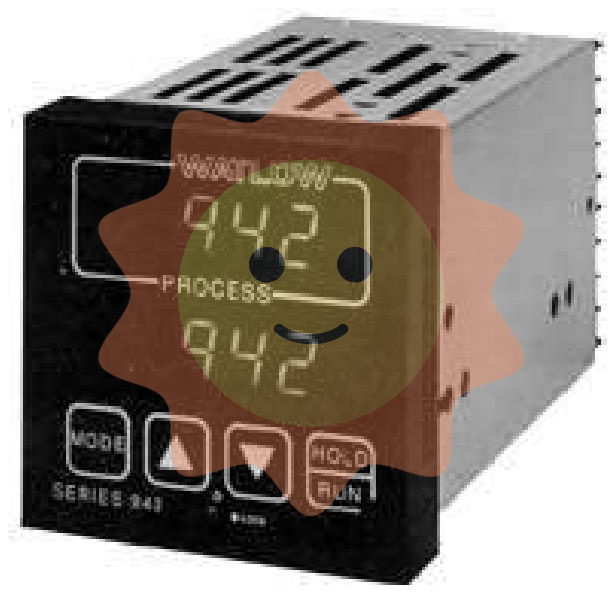Manufacturers
ABB
Model(s)
ABB Advant Controller 31, ABB Advant OCS
Additional Information
24 VDC Input
Estimated Shipping Size
Dimensions: 5.0" x 4.0" x 6.0"
(12.7 cm x 10.2 cm x 15.2 cm)
Weight: 0 lbs 14.1 oz (0.4kg )
Tariff Code: 8538903000
Country of Origin: Germany
Ships from Webster NY, USA
ABB GJR5252300R0101 07AC91 Analog I/O Unit
Basic information
Family: Analogue I/O module for ABB's AC 31 series of PLCs.
Place of Origin: Originally from Germany, Spain or USA.
Dimensions and weight: Approx. 16cm x 16cm x 12cm, weight approx. 0.8kg.
Performance characteristics
Number of Channels and Configuration: The module has 16 analogue input/output channels, which can be set to two operating modes via DIL switches. In the ‘12-bit’ operating mode, there are 8 input channels and 8 output channels, the input and output channels can be individually configured as ±10V or 0-20mA signal range, with 12-bit resolution; in the ‘8-bit’ operating mode, the 16 channels can be configured as inputs or outputs in pairs, with the signal range of ±10V or 0-20mA, with 12-bit resolution. In the ‘8-bit’ mode of operation, the 16 channels can be configured in pairs as inputs or outputs with a signal range of 0-10V or 0-20mA and a resolution of 8 bits.
Signal Processing and Accuracy: All analogue input modules perform internal analogue-to-digital conversion, while the analogue output modules perform digital-to-analogue conversion. The converted analogue values are expressed in 8 or 12 bits, depending on the resolution, and are stored in a 16-bit word with a high degree of accuracy to ensure accurate processing and control of the analogue signals.
Communication and interface: As a remote module on the CS31 system bus, the unit uses up to 8 input words and 8 output words for data transfer on the bus. In addition, the PLC provides an interconnection element anai 4_20 for measuring 4-20mA signals.
Electrical isolation: The CS31 system bus connection is electrically isolated from the rest of the module. This isolation helps to improve system immunity and stability, ensuring reliable operation in complex industrial electrical environments.
Diagnostic Functions: The module provides a variety of diagnostic functions to help users find and solve potential problems in a timely manner, to ensure the normal operation of the system, reduce maintenance costs and downtime.
Application Fields
Industrial automation control system: Widely used in all kinds of industrial automation production lines, such as automobile manufacturing, machinery processing, food and beverage production. It can be connected to temperature sensors, pressure sensors, flow meters and other analogue sensors, the collected analogue signals will be transmitted to the PLC for processing, and at the same time receive the output signal from the PLC to control control valves, inverters and other actuators, to achieve precise control of various physical quantities in the production process.
Process control system: In the chemical, petroleum, natural gas and other process industries, it is used to monitor and control the temperature, pressure, flow, liquid level and other key parameters in the production process. Through accurate acquisition and output of analogue signals, it ensures the safe and stable operation of the production process and the consistency and stability of product quality.
Energy management system: In the monitoring and management system of energy production, transmission and distribution, it can be connected to power meters, water meters, gas meters and other energy metering equipment to collect energy consumption data and transmit them to the energy management system. At the same time, it can also control the operation status of energy equipment according to system commands, realise the reasonable distribution and effective use of energy, and help enterprises to reduce energy costs and improve the efficiency of energy use.

- User name Member Level Quantity Specification Purchase Date
- Satisfaction :
-









Email:wang@kongjiangauto.com

